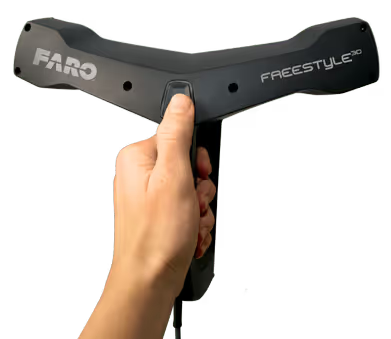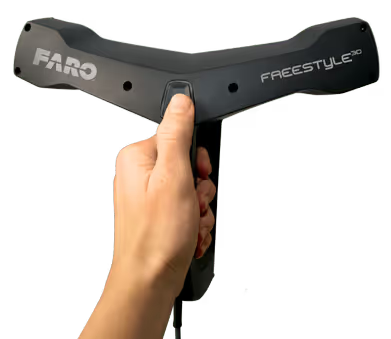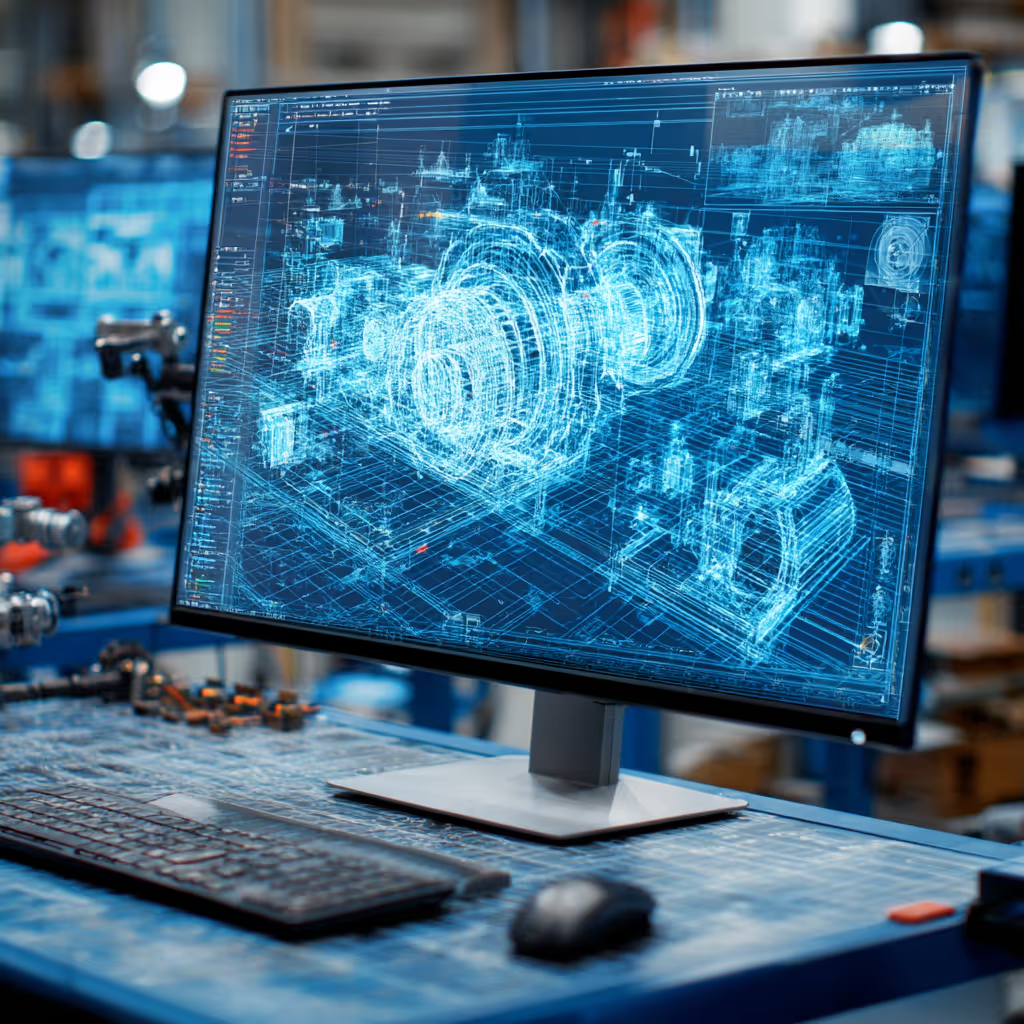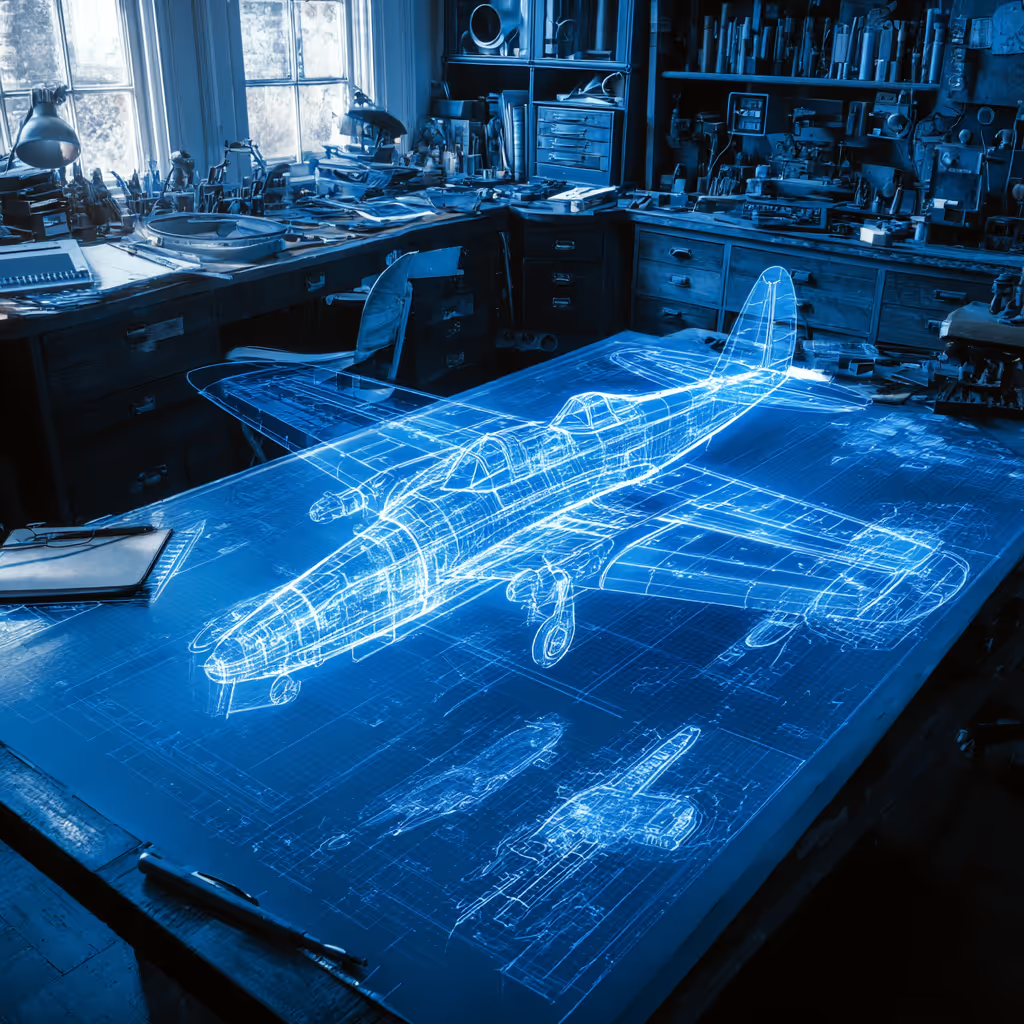Why Engineers Need Precision 3D Scanning

Why Engineers Need Precision 3D Scanning
3D scanning is one of the newer tools available to engineers and designers… and 3D scanners come in all price ranges. In fact, as 3D scanning technologies have matured, prices have come down. With the right equipment, the right software, and some scanning experience, nearly any object can be scanned and converted to an electronic image.
Does it matter what kind of object you need to scan? Does it matter what kind of 3D scanner you use? After all, much the same techniques are used to scan a model railroad car as are used to scan an airplane part.

Most engineers think it does matter. For instance, there’s the huge difference between a 3D scanner used by a home hobbyist and the kind of 3D scanner required by an engineer. While a hobbyist may need to be “creatively accurate,” engineers need to be structurally and mechanically accurate…the kind of accuracy that is referred to as “precision accuracy.” Precision is defined as” the quality, condition, or fact of being exact and accurate.”
The Growing Demand for Precision 3D Scanning
3D scanning has been a boon to the fields of manufacturing, engineering, design, development, surveying, and testing. Engineers in these fields make up one of the largest markets for 3D scanners and 3D scanning services.
Regardless of the field, you’re in, if you’re an engineer, 3D scanning technology can be used to save time and money and to reduce material consumption. Moreover, today’s 3D scanners are efficient, affordable and reliable, making them a tool that can help speed nearly any engineering process, from reverse engineering and prototyping to quality assurance.
As companies take advantage of this technology and integrate it into various stages of product design and development, one unanticipated bottleneck often occurs when it comes to using the 3D scanned file. This is because the file generated by the 3D scanner is not a file type that can be used, as-is, in a CAD system. The scanned data file must first be converted to the CAD modeling software that the engineering and design team uses. (In some cases, the design team may work in a different CAD from that used by the engineering group, meaning conversion of the scanned data to two different file types.)
The 3D Scan to 3D CAD Process
3D scanned data may be saved as point clouds or mesh, depending upon the scanner type. The point cloud or mesh must be parsed, manipulated, modified, and ultimately turned into 3D solids and surfaces that can be used within the desired CAD platform(s). Generally, this process includes:
- Importing the scanned data into the desired program
- Creating either a surface or a mesh
- Adjusting and manipulating the surface or mesh, curves, and surfaces
- Appling texture data to the emerging model from imported texture files
- Using a software tool to analyze and inspect for any display deviations between the original point cloud or mesh and other entities created
- Refining the model and converting into a 3D solid part
Look Ahead: More 3D Scanning and More Conversions
As the use of 3D scanners continues to increase and to play more important roles in all types of engineering,
Recent Posts


Tips for Picking the Perfect 3D CAD Viewer for Your Needs
This guide will teach you about 3D CAD viewers and outline considerations to make before picking the right one. We review 5 options and pick a clear winner.

In this guide, you’ll learn how CAD/CAM Services can save you time and money during each digitization project. Digitization can make manufacturing faster than ever before.

How to Build an Aircraft Model by Converting 3D-Scanned STL Files into Functional 3D STEP Files
This in-depth guide will teach engineers how to use 3D-scanned aircraft files and transform them into manufacturable 3D STEP files with fewer mistakes.
